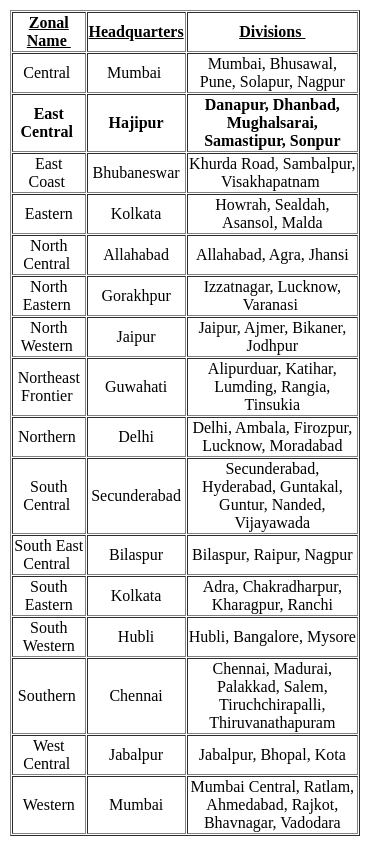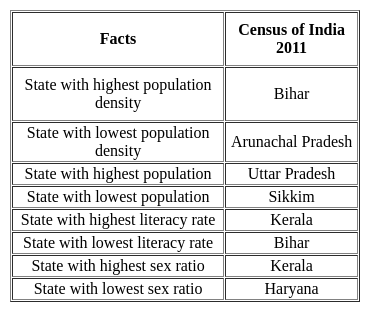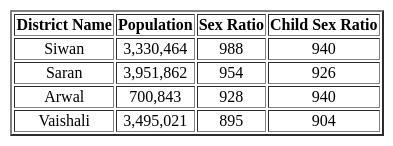Software Development Exam > Software Development Tests > Test: Bihar Specific (Census and Transportation) - Software Development MCQ
Test: Bihar Specific (Census and Transportation) - Software Development MCQ
Test Description
10 Questions MCQ Test - Test: Bihar Specific (Census and Transportation)
Test: Bihar Specific (Census and Transportation) for Software Development 2025 is part of Software Development preparation. The Test: Bihar Specific (Census and Transportation) questions and answers have been prepared
according to the Software Development exam syllabus.The Test: Bihar Specific (Census and Transportation) MCQs are made for Software Development 2025 Exam.
Find important definitions, questions, notes, meanings, examples, exercises, MCQs and online tests for Test: Bihar Specific (Census and Transportation) below.
Solutions of Test: Bihar Specific (Census and Transportation) questions in English are available as part of our course for Software Development & Test: Bihar Specific (Census and Transportation) solutions in
Hindi for Software Development course.
Download more important topics, notes, lectures and mock test series for Software Development Exam by signing up for free. Attempt Test: Bihar Specific (Census and Transportation) | 10 questions in 20 minutes | Mock test for Software Development preparation | Free important questions MCQ to study for Software Development Exam | Download free PDF with solutions
Test: Bihar Specific (Census and Transportation) - Question 1
Name the largest District of Bihar in terms of Population
Detailed Solution for Test: Bihar Specific (Census and Transportation) - Question 1
Test: Bihar Specific (Census and Transportation) - Question 2
Where is the headquarters of East Central Railway?
Detailed Solution for Test: Bihar Specific (Census and Transportation) - Question 2
Test: Bihar Specific (Census and Transportation) - Question 3
Which state recorded the lowest literacy rate in the 2011 census?
Detailed Solution for Test: Bihar Specific (Census and Transportation) - Question 3
Test: Bihar Specific (Census and Transportation) - Question 4
Which of the following states of India has the maximum number of inhabited villages as per Census 2011?
Detailed Solution for Test: Bihar Specific (Census and Transportation) - Question 4
Test: Bihar Specific (Census and Transportation) - Question 5
As per Census 2011, the literacy rate of Bihar is
Detailed Solution for Test: Bihar Specific (Census and Transportation) - Question 5
Test: Bihar Specific (Census and Transportation) - Question 6
Which among the following districts of Bihar has the lowest sex ratio?
Detailed Solution for Test: Bihar Specific (Census and Transportation) - Question 6
Test: Bihar Specific (Census and Transportation) - Question 7
According to the Census 2011, the child sex ratio of Bihar is
Detailed Solution for Test: Bihar Specific (Census and Transportation) - Question 7
Test: Bihar Specific (Census and Transportation) - Question 8
As per census 2011, what percentage of population of Bihar lives in urban area?
Detailed Solution for Test: Bihar Specific (Census and Transportation) - Question 8
Test: Bihar Specific (Census and Transportation) - Question 9
According to the 2011 census, which district of Bihar has the highest male literacy rate?
Detailed Solution for Test: Bihar Specific (Census and Transportation) - Question 9
Test: Bihar Specific (Census and Transportation) - Question 10
With reference to the communications, which of the following statement is correct?
Detailed Solution for Test: Bihar Specific (Census and Transportation) - Question 10
Information about Test: Bihar Specific (Census and Transportation) Page
In this test you can find the Exam questions for Test: Bihar Specific (Census and Transportation) solved & explained in the simplest way possible.
Besides giving Questions and answers for Test: Bihar Specific (Census and Transportation), EduRev gives you an ample number of Online tests for practice
Download as PDF





















